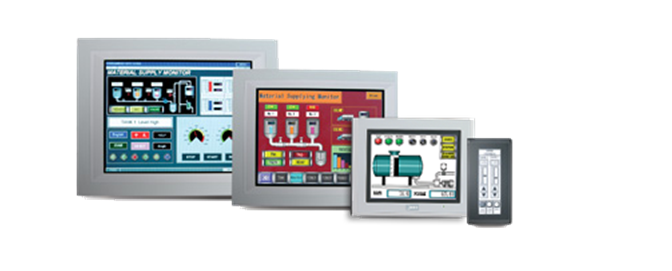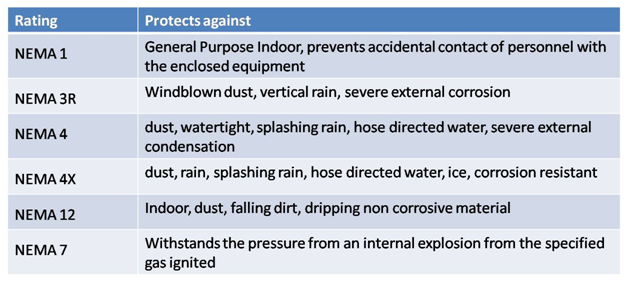Human Machine Interface (HMI) Solutions
What is HMI?
HMI, also known as the human-machine interface, is a user interface that allows a person to interact with a machine or system. Human-machine interface (HMI) solutions can vary in sophistication and cost, which depends on the amount of interaction and information exchange needed between a person and the machine. HMI is commonly used in industrial applications for displaying data, tracking trends, and monitoring the production process. Touch screen technology is another form of HMI that is widely used in a variety of applications ranging from industrial monitors to cell phones and tablets. When choosing an HMI solution, computation-intensive tasks must be taken into account because HMI usually doubles in price as a data collection and supervisory communications hub. As with the other aspects of industrial automation, HMI display and input technologies have chased the curve of commercial computing technology, adapting the latest consumer advances to the unique demands of the industrial environment.
Touchscreens are now ever-present in the HMI marketplace. Configurable keys, trackballs, and sealed or protected keyboards have their share, but from an ergonomic viewpoint the touchscreen is uniquely suited to plant-floor environments: it has no moving parts, takes up no incremental space, and is readily accessible by a standing operator. Further, even as costs have lowered, advances in underlying technology allow capacitive devices to be calibrated for use even by gloved operators. More lately, HMI touchscreens have even added the multi-touch capabilities popularized on smartphones and tablets to the industrial mix.
When it comes down to deciding between an operator panel and an industrial PC, the first is configurable to perform a relatively fixed set of HMI functions, typically through a proprietary software package provided by the hardware manufacturer. Industrial PCs used as HMIs can even be used as controllers as well, communicating with I/O and eliminating the need for a separate PLC.
HMI is the foundational component of any machine automation solution. Local HMIs can differ widely in sophistication depending mainly on how much interaction and information exchange is needed between the human operator and the machine itself. Also because the HMI often doubles as a data collection and supervisory communications hub, these computation-intensive tasks must be taken into account when selecting an HMI solution.
It doesn’t matter what the HMI platform is chosen, reliable performance in an industrial environment is needed in increased tolerance for vibration and temperature extremes, we well as dust, dirt, water, and other potentially damaging or hazardous elements. More than 80% rate extended temperatures, shock/vibration tolerance, and harsh/dirty environmental capabilities as important or very important characteristics of their HMI solutions.
Because most local HMI solutions are built to be mounted on a panel or door of an enclosure for installation in industrial environments, the HMI front panel, the enclosure, and the bezel where they meet must be appropriately sealed against the elements they’re likely to encounter. Both the National Electrical Manufacturers Association (NEMA) and the International Electrotechnical Commission (IEC) have developed systemic classifications that describe the overall performance requirements of the enclosure/HMI system.
As with other focus of industrial automation, HMI display and input technologies have followed the arc of commercial computing technology, adapting the latest consumer advances to the unique demands of the industrial environment.
The CRTS once widely used in HMIs long ago gave way to flat-panel LCDs, and some of the latest HMIs even tout wide-screen 16:9 aspect ratios and can be mounted in landscape or portrait orientations. Traditional 4:3 aspect ratio devices remain available. Touch screens are now ubiquitous in the HMI marketplace. Configurable keys, trackballs, and sealed or protected keyboards have their place, but from an ergonomic standpoint the touchscreen is uniquely suited to plant-floor environments; it has no moving parts, takes up no incremental space, and is readily accessible by a standing operator. Further. Advances in underlying technology allow capacitive devices to be calibrated for use even by gloved operators.






